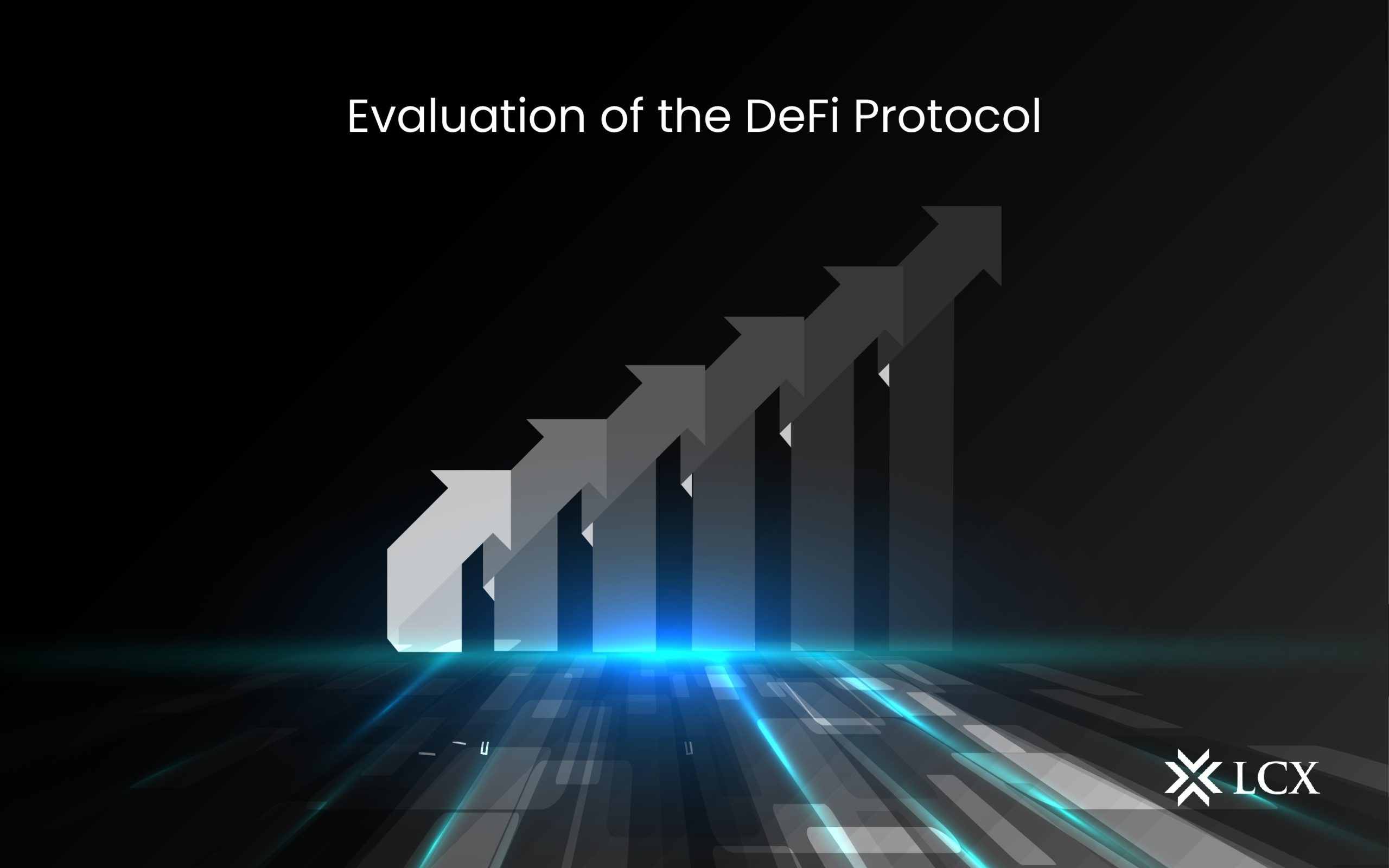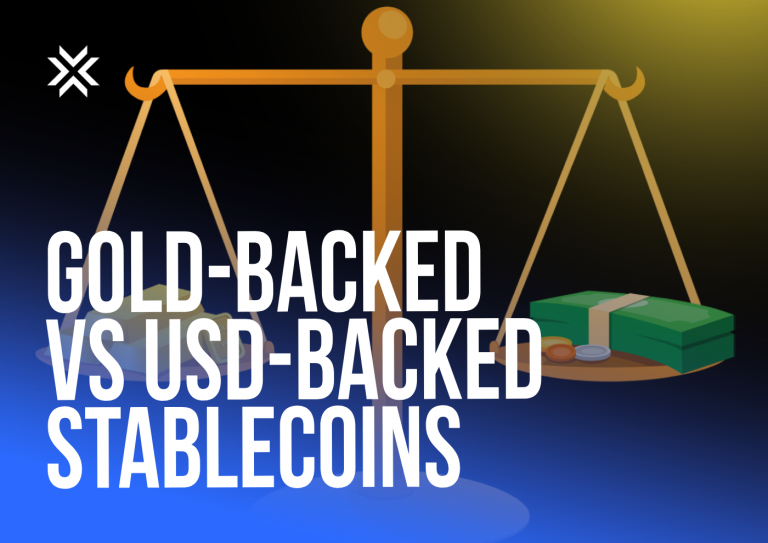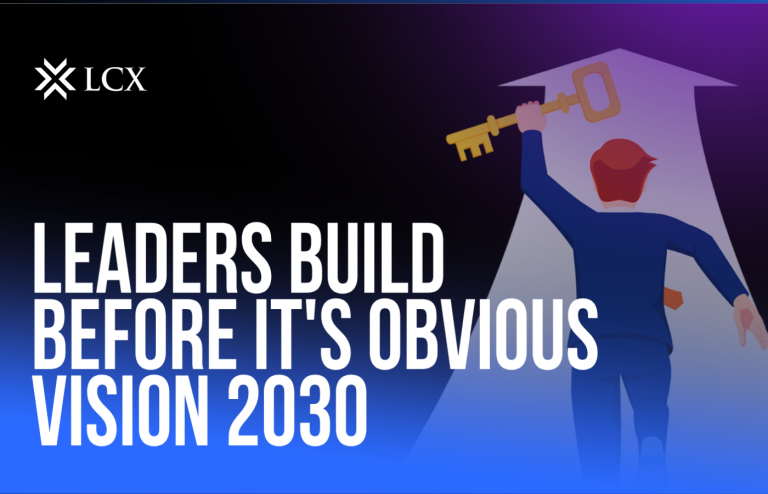Decentralized Finance, better known as DeFi, is a hot topic in the crypto world. This term is used for products built on blockchains such as Ethereum, Cosmos, Avalanche, etc. DeFi is doing two main tasks: first, bringing traditional financial tools into the digital economy, and second, creating new and unique financial assets.
A DeFi protocol uses an automatic agreement generated by computer code known as a “smart contract” that works on blockchain technology. Exciting opportunities are provided under the DeFi protocol to earn attractive benefits. Some protocols require users to lock their crypto for a definite period to earn a lump sum interest, whereas others pay continuous interest over time.
To evaluate the DeFi protocol, you have to take into account several factors mentioned below:
- TVL: It stands for Total Value Locked. TVL is a metric used to evaluate the condition of the DeFi market and the current yields through it. Many services allow you to track the total value locked on their platforms. Three factors are considered for calculating DeFi’s market cap TVL ratio: the maximum supply, the supply, and the current price. The higher the ratio is, the lower the asset value needs to be.
- Project is audited or not: As we know, DeFi is decentralized; thus, there are no intermediaries in between, and the project code handles all the transactions. So, the code needs to be perfect, not letting any hacker make a breakthrough. Thus, investors should go for a DeFi project whose smart contract is regularly audited by a recognized and trustworthy third-party.
- Social media presence: Yes, social media presence is critical for evaluating any cryptocurrency project. The size of the online community of the DeFi project that you have been considering can tell you a lot about the success of that project. Check all the social media platforms, such as Twitter, Instagram, and Telegram, to gain insights about their community. If the online community is active enough, it means that the project is in demand and can therefore be a good investment.
- Tokenomics: Tokenomics is another essential factor you must consider before investing in any DeFi project. It includes inflation, distribution, monetization of DeFi service, and token governance. It also has all the rewards that can be earned on the DeFi platform for completing different tasks.
- The number of holders: The number of holders helps you to understand how many people are using that particular DeFi platform. Now, the number of holders can be calculated with the help of a unique address count. You can see the trend in this count. If there is an increase in the count, then more people are investing in the project
- Necessary Documentation: A relevant DeFi project always provides its members with essential documents such as white papers, roadmaps, fee structures, and FAQs. A white paper is important for getting the user to trust the project because it has all the important information about it.
Fire Salamander is the DeFi terminal of LCX. It is the most advanced dashboard and comes with a limit order protocol for Uniswap, DeFi Analytics, live charts, real-time market data, and liquidity pool management. The limit order protocol is supported at Uniswap V2 and V3. LCX is a regulated platform and has a solid social media presence. Thus, if you want to invest in a trusted and secure DeFi project, LCX is the way to go.
Conclusion
Now that you know the necessary factors, you can successfully identify the promising DeFi projects. Always do thorough research before investing in any project, and then again, try to go for regulated platforms or trustworthy platforms if you are new in the market.









